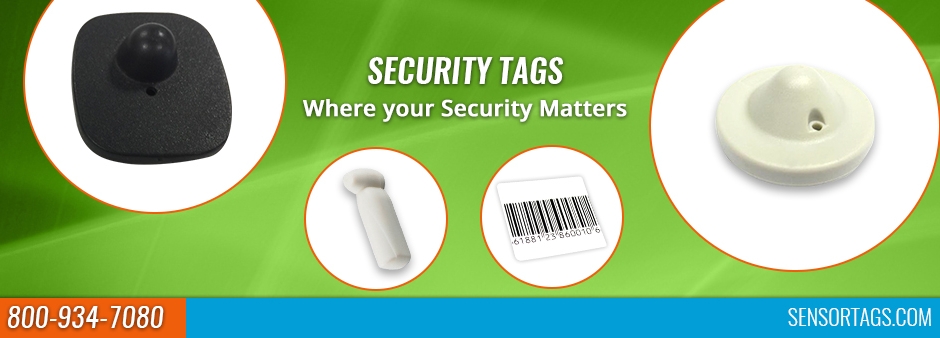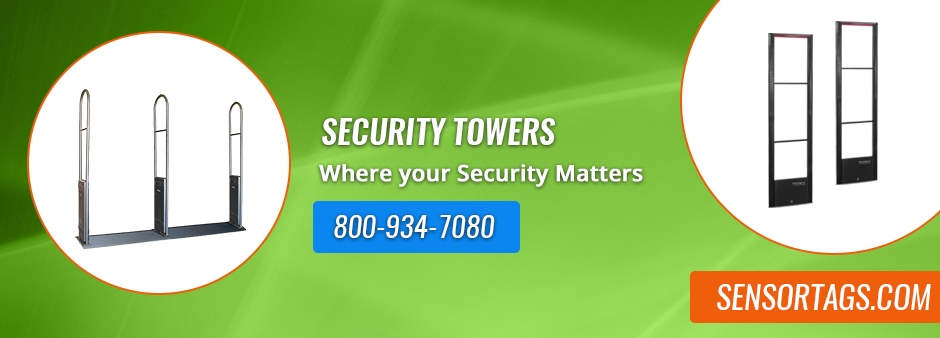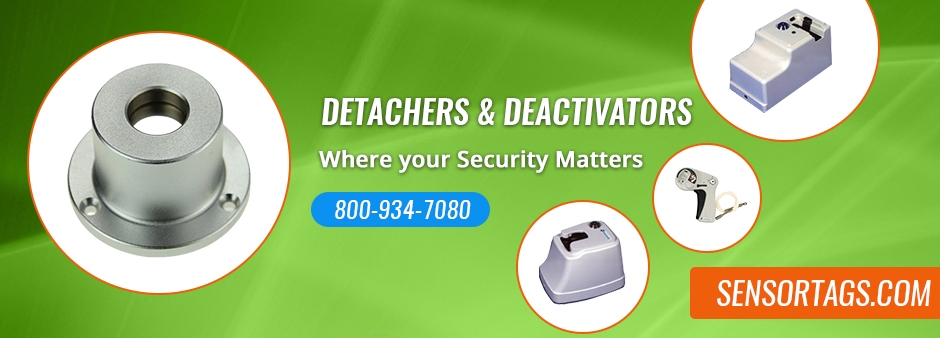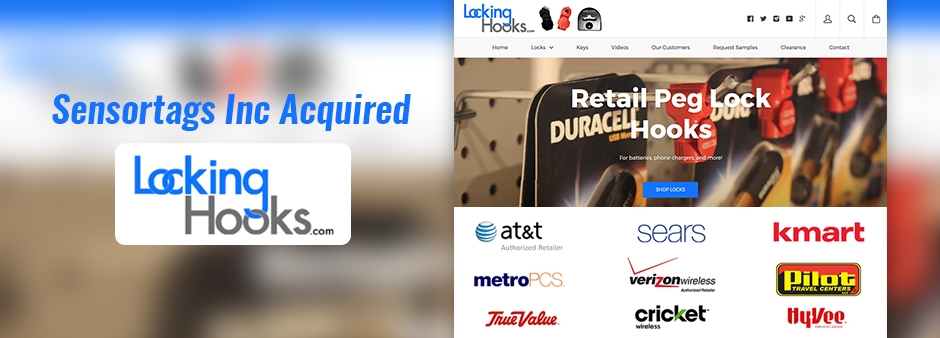How Security Tags Are Different From Other Anti-Theft Devices
Retail Loss Prevention Series
How Security Tags Are Different From Other Anti-Theft Devices
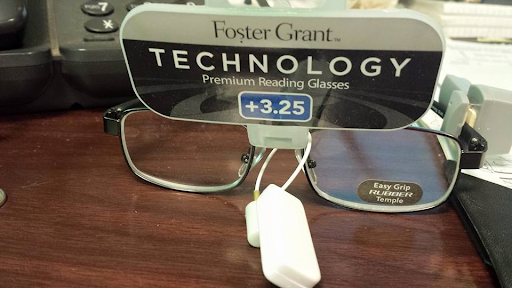
Introduction
In the bustling world of retail, preventing theft is a top priority. With losses running into billions annually, retailers are constantly on the lookout for effective anti-theft devices. Among these, security tags play a crucial role. They are commonly used in retail settings to protect merchandise, particularly high-theft items like clothing and electronics. These tags are not just deterrents; they are part of a broader strategy to minimize losses and ensure a smooth shopping experience for customers.
Types of Security Tags
Electronic Article Surveillance (EAS) Tags
EAS tags are a staple in retail security. They come in two main types: Acousto-Magnetic (AM) and Radio Frequency (RF). These tags are designed to trigger alarms at store exits if not deactivated at the point of sale. EAS tags are particularly popular for clothing and other items prone to theft. Their primary function is to alert store personnel to potential theft attempts, making them an essential part of retail security systems.
Visual Deterrent Tags
Visual deterrent tags, such as ink tags and hard tags, serve a dual purpose. Not only are they difficult to remove, but they also act as a visible deterrent to would-be thieves. Ink tags, for instance, are designed to release ink if tampered with, thereby damaging the item and rendering it unsellable. This “benefit denial” approach discourages theft by making the removal of tags a risky endeavor.
RFID Tags
RFID (Radio Frequency Identification) tags are another layer of security often used alongside EAS tags. Unlike EAS tags, which primarily trigger alarms, RFID tags offer tracking capabilities. They can provide detailed information about the movement and location of items within a store. This makes them invaluable for inventory management and loss prevention, offering a more comprehensive security solution.
Comparison to Other Anti-Theft Devices
Locking Display Cases
Locking display cases are often used for high-value, small items, particularly in electronics stores. While they offer robust security, they can also hinder the customer experience by limiting access to products. This makes them less versatile compared to security tags, which allow for easier customer interaction with merchandise.
Cameras and Mirrors
Visual surveillance methods, such as cameras and mirrors, are common in retail environments. They help track shoplifters and deter theft through constant monitoring. However, unlike security tags, they require active monitoring and can be less effective in preventing theft if not combined with other measures.
Store Alarms and Sensors
Sensor-based systems provide broader area surveillance compared to individual security tags. They are designed to detect unauthorized entry or movement within a store. While effective, they lack the specificity of security tags, which are directly attached to merchandise.
Employee Detectors
Physical security staff play a vital role in theft prevention. Their presence alone can deter potential thieves. However, relying solely on staff can be costly and less efficient than automated systems like security tags. A combination of both is often the most effective strategy.
Frequently Asked Questions
What is the difference between RFID and EAS tags?
EAS tags are primarily used to trigger alarms and prevent theft at store exits. In contrast, RFID tags offer tracking capabilities, providing detailed information about the movement of items within a store.
How effective are ink tags compared to other types?
Ink tags serve as a strong visual deterrent. Their effectiveness lies in the risk of damaging the item if removed improperly. However, they may not be suitable for all types of merchandise.
Why are security tags commonly used in retail?
Security tags are favored for their ease of application and cost-effectiveness. They provide a straightforward solution for protecting merchandise without significantly impacting the shopping experience.
Can security tags prevent employee theft?
While security tags are effective against shoplifting, they have limitations in preventing employee theft. Cameras and RFID tracking are often more effective in monitoring employee activities.
Best Practices for Implementing Security Tags
Placement Strategy
For maximum effectiveness, tags should be placed in visible areas on merchandise. This not only deters theft but also ensures easy deactivation at checkout.
Staff Training
Proper training is essential for staff to handle security tags effectively. This includes knowing how to attach, deactivate, and respond to alarms triggered by tags.
Regular Maintenance and Testing
Routine checks are crucial to ensure that tags and sensors are functioning correctly. This includes testing alarms and replacing faulty tags.
Complementary Measures
Security tags should be used alongside other loss-prevention tools, such as cameras and employee monitoring, to create a comprehensive security strategy.
Conclusion
Security tags are a distinct and vital component of retail anti-theft strategies. While they offer unique advantages, they are most effective when used as part of a layered approach to security. By combining security tags with other measures, retailers can significantly reduce theft and enhance the overall shopping experience.

